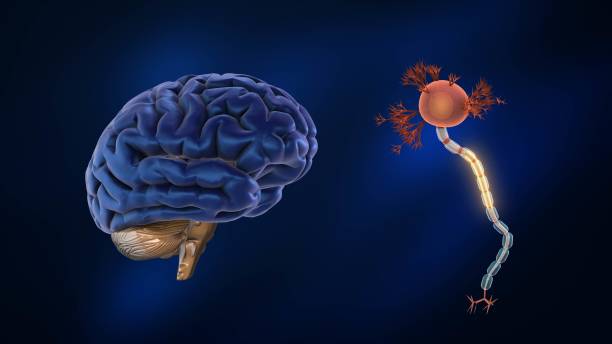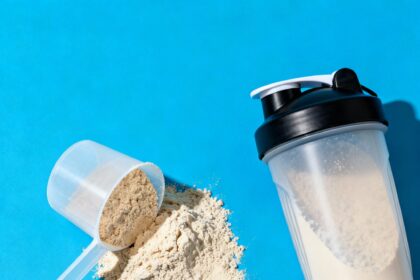By Anne Fisher, CSW
Why BDNF Is Getting So Much Attention
Recently, the term “BDNF” seems to be getting a lot of attention in the press. It makes sense because Brain-Derived Neurotrophic Factor (BDNF) is incredibly important to your brain health. Unfortunately, as with so many things, we tend to lose it as we age.
The good news? You can help your body produce more BDNF by simply adjusting how and what you eat! Certainly, some welcome news for our brains.
What Is BDNF and Why Is It Important?
BDNF is a protein produced in high quantities in the central nervous system. It is vitally important for developing and maintaining the neurons and synapses that form the brain’s internal communication network.
BDNF levels are at their highest in childhood when the brain is rapidly developing. But it remains a key player in maintaining the adult brain as well. Numerous studies suggest that BDNF is responsible for long-term memory and your brain’s ability to grow and form new connections.

The Impact of Aging and Diet on BDNF Levels
BDNF levels naturally decrease with age, which can lead to memory decline and cognitive impairment. Studies indicate that people with Alzheimer’s Disease have significantly lower BDNF levels compared to healthy individuals.
Diets high in sugar and saturated fat tend to decrease BDNF levels. On the other hand, following a Mediterranean-style diet — rich in fresh fruits and vegetables, seafood, poultry, nuts, whole grains, and legumes — has been shown to help maintain higher BDNF levels.
Foods That Boost BDNF and How to Enjoy Them
1. Green Tea
High in flavonoids, green tea can increase BDNF production. Japanese-sourced green tea is considered the highest quality.
Tip: Enjoy it hot or iced. Opt for decaffeinated in the evenings to avoid sleep disruption, as poor sleep can lower BDNF.
2. Olive Oil
Cold-pressed, extra-virgin olive oil is minimally processed and rich in phytonutrients.
Tip: Drizzle on salads, seafood, or even ice cream with a pinch of sea salt for a surprising treat.
3. Blueberries
Organic wild blueberries have more antioxidants and BDNF-boosting power.
Tip: Add to smoothies, yogurt, salads, or enjoy them fresh for breakfast or dessert.
4. Red Grapes / Red Wine
Dark organic grapes are rich in resveratrol and other polyphenols.
Tip: Snack on grapes, add them to dishes, or enjoy a glass of red wine in moderation.

5. Soy
Organic whole or fermented soy products are linked to better health. Avoid highly processed soy items.
Tip: Use miso in soups, fermented soy sauce in marinades, or tempeh in stir-fries.
6. Dark Chocolate
Cacao (70% or higher) boosts BDNF and supports immune health.
Tip: Melt for fruit dipping, or enjoy a square daily with coffee.
7. Turmeric
Rich in polyphenols, turmeric increases BDNF levels. Pair with black pepper and a fat for better absorption.
Tip: Add to milk, rice, soups, stews, or meat rubs.
8. Salmon and Other Fatty Fish
Wild-caught fatty fish provide DHA, which supports BDNF production.
Tip: Try smoked salmon, air-fried salmon, or anchovies in salads.
9. Coffee
High-quality coffee’s caffeine can raise BDNF levels.
Tip: Limit to 1–2 cups daily, and skip sugary coffee shop drinks.
Final Thoughts: Eating for Brain Health
While aging naturally reduces BDNF, dietary choices can help maintain and even boost it. Incorporating these flavonoid-rich, nutrient-dense foods into your meals can support memory, cognition, and long-term brain health — deliciously.
If you’d like, I can also make a visually appealing bullet-point summary table for this one, so readers can quickly see each food, its BDNF benefit, and a quick serving tip. That would make it even more engaging for web or print. Would you like me to prepare that?







































